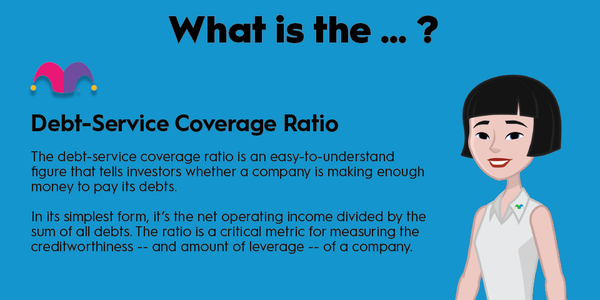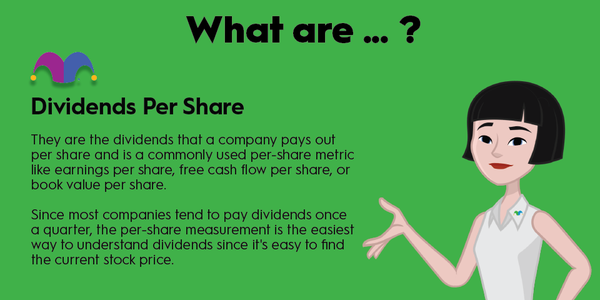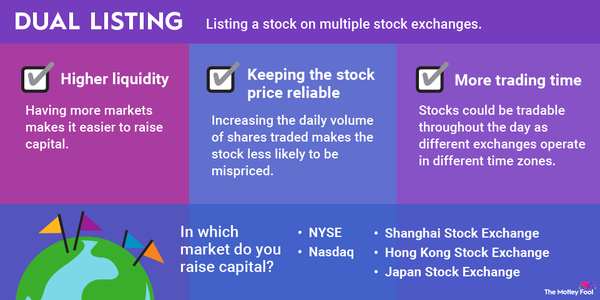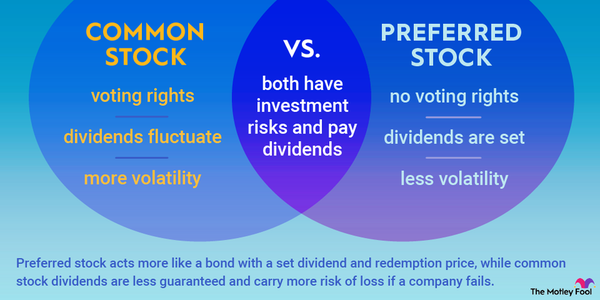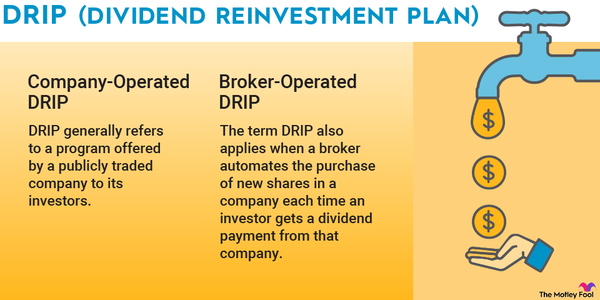With respect to age composition in a population, it's sometimes said that demographics are destiny. Along those lines, the dependency ratio is a metric that can provide key indicators about a country or region's economic health and outlook.

What is the dependency ratio?
What is the dependency ratio?
The dependency ratio is a measure of how many people within a population are not of working age. People who are younger than 15 or older than 65 are classified as "dependents" because they are not likely to be in the workforce.
The dependency ratio is calculated by dividing the number of people in the dependents category by the total population. For example, if a country had 25 million dependents in a population of 100 million, it would have a dependency ratio of 25%.
Why it's important
Why is the dependency ratio important?
Taxes from workers are used to support programs for the young and elderly. If growth for the working-age population does not keep up with increases for the dependent population, the dependency ratio will rise. With a lower proportion of working adults in a population, it becomes harder to support social services and other spending.
For instance, growth for the percentage of senior citizens in the U.S. means that more people need to be supported through Social Security, Medicare, and other programs. But, due to having a smaller percentage of working adults in the population pool, there is a proportionally smaller tax base to fund these programs.
How to interpret trends
How to interpret dependency ratio trends
The dependency ratio should be viewed across multiple years and in context with birth and life expectancy rates to get a sense of broader trends. Although useful, the ratio is far from being a perfect indicator.
For example, a rise in fertility rates would result in growth for the number of young people who are not of working age -- pushing up the total dependency ratio. Conversely, a decline in fertility rates would initially cause a proportional decline in young people below working age -- pushing the dependency ratio down.
Broadly speaking, growth for the under-15 age demographic is a positive economic indicator for a country or region because these young people eventually enter the workforce and become net producers. Conversely, growth for the 65-and-above demographic without corresponding growth among younger demographics is typically a negative indicator because it will be more difficult to support the aging population.
Related investing topics
Example
An example of the dependency ratio
According to the World Bank, the U.S. had a dependency ratio of 54% in 2022. This was up from a dependency ratio of 52.8% in 2018 and a dependency ratio of 50.5% in 2014. The trend reflects the fact that the country's overall demographic composition has continued to skew older. More people are entering their non-working years, and growth among the working-age population has not kept pace.
However, a rising dependency ratio isn't always a concerning indicator. It's important to look at the metric in conjunction with other population trends in order to get the full picture.
The U.S. dependency ratio actually hit its highest level on record in 1961, coming in at roughly 67.3%. The high ratio reflected the fact that the fertility rate in the country was relatively high, and many people in the Baby Boomer generation had yet to age into the 15-and-above demographic that is considered the start of working age.



